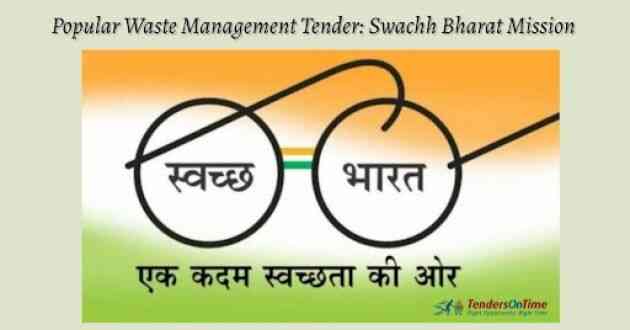Meat: Most Used For Tender Evaluation

What is MEAT method of Tender Evaluation? MEAT stands for “Most Economically Advantageous Tender”.
Government Procurement Experts desire to achieve the best value for money in the process of procurement of goods and services for the public. A proportionately weighted criteria selection process helps the procurement team to choose the best out of the lot that gives the best value in terms of not only Cost but also Quality and experience.
Did you know the government often uses the MEAT method to evaluate a tender?
What is MEAT method of Tender Evaluation?
MEAT stands for “Most Economically Advantageous Tender”. It involves measuring as well as selecting the best out of the incoming bids based on factors that are related to the subject matter of the contract. It takes into account components like Cost, Quality, and Technicality of various bid proposals while finalizing a contract award.
This selection criteria list for efficient tender evaluation was announced by the European Parliament in January 2014. The principle behind the selection of tender on various factors is that we are enabling you to choose the tender proposal that fits best for the respective project. The more the criteria your bid addresses the more the chances of your bid being awarded.
Note: The weightage of each criterion is determined by the relative importance of that criteria to meet the requirements of the government/private project.
The factors on which tenders are evaluated in MEAT assessment are:
- Quality
- Cost-effectiveness approach
- Technology
- Aesthetic and functional characteristics
- Accessibility
- Social characteristics
- Environmental characteristics
- Innovative characteristics
- After-sales service and technical assistance
- Delivery date, process, and period.
The Tender Document generally includes the details about the above metrics as well the weightage that each criterion holds based on which the successful bidder will be announced. The regulation is such that the criteria for contract award must be linked to the subject matter relating to work, services, or supplies of the contract in question. Also, these criteria are stagnant in nature which means once they are stated they cannot be changed at a later date.
Evaluation of tender is divided into two parts:
First is the Technical Evaluation part that involves the assessment of the tender keeping in mind its technical merit. It covers components like turnover, certifications, manufacturing capacity, machinery, Quality control system, and many more.
The second part involves the Financial Review of the cost of each tender as compared to the lowest price offered.
Note, Tender Evaluation is done as an aggregate of both aspects.
Food For Thought:
Hence, It is essential for Bid Managers, Suppliers, and Contractors to understand all tender assessment methods and then go forward with their submissions to avoid disappointment. TendersOnTime is the one-stop shop for all your tender searches making it the best e-tendering procurement portal. We track 100,000+ Purchasers and 500+ Newspapers and publish more than 50,000 on a daily basis. Pick your preferred bid from a wide variety of sector-wise tenders we have in store for you.



